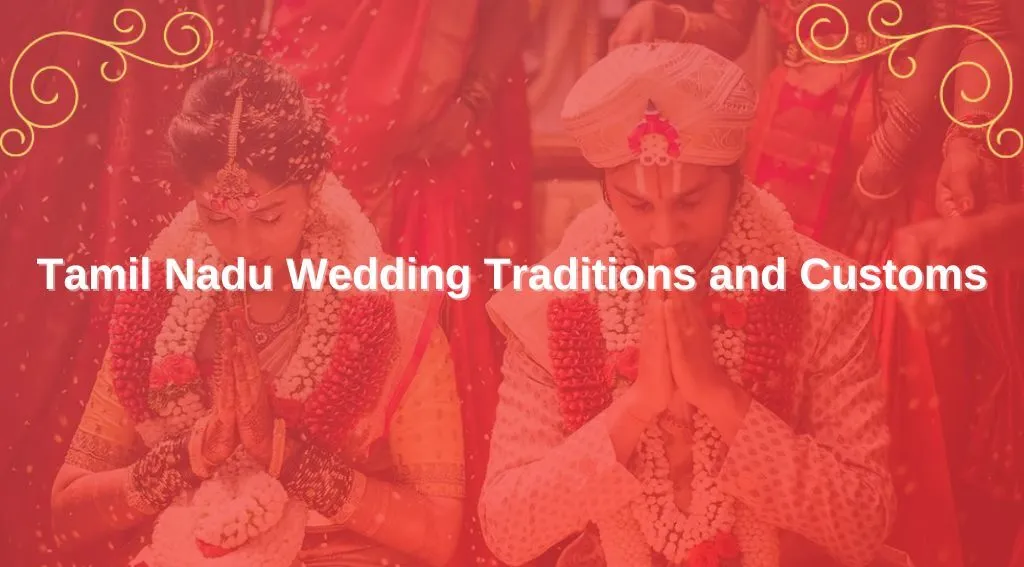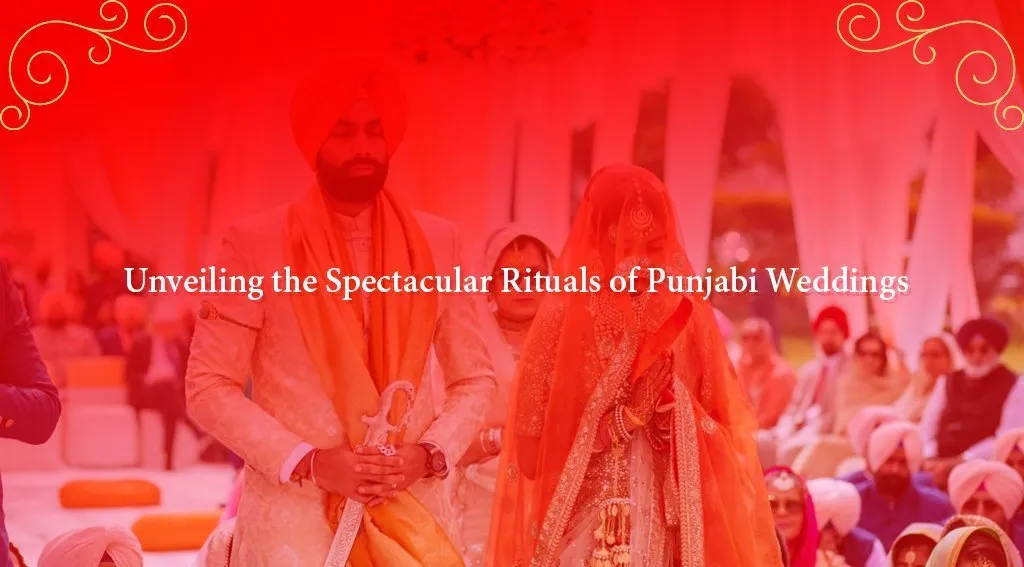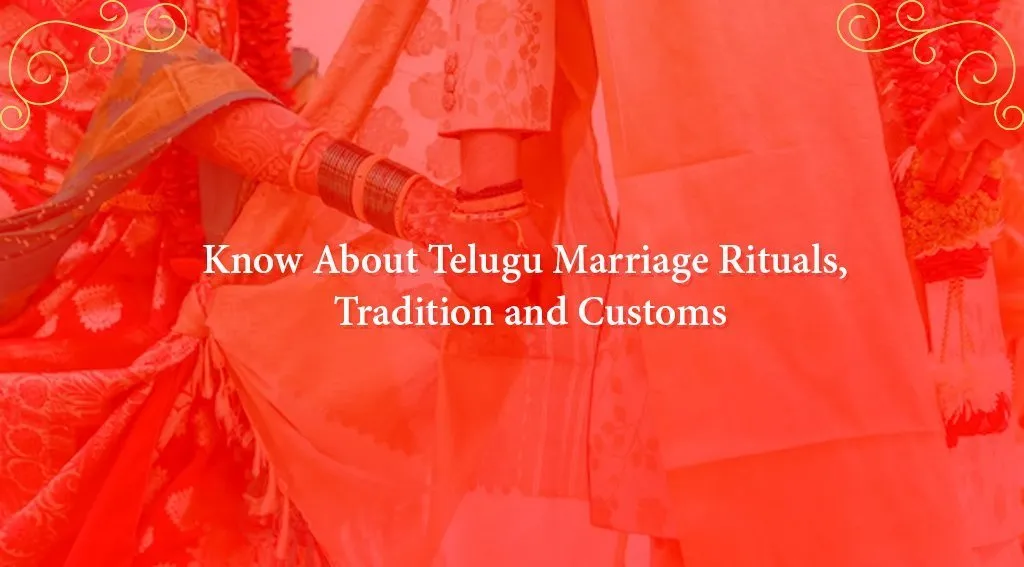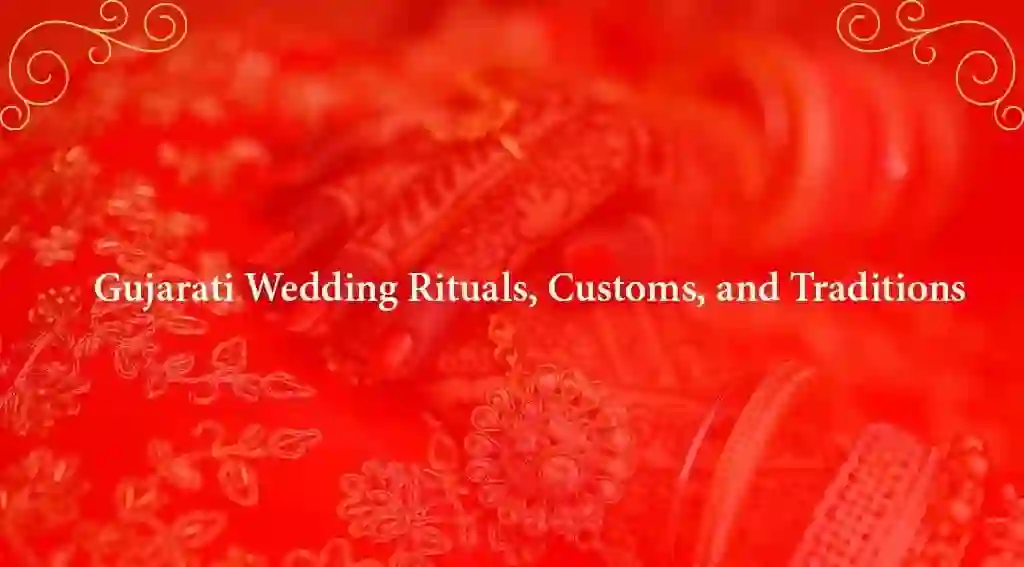Setting out on the journey of marriage could be a deeply rooted social affair in Tamil Nadu, India. In this region weddings are not just occasions but grand celebrations soaks in tradition and symbolism. From elaborate customs to dynamic ceremonies, Tamil weddings offer a embroidered artwork of traditions. They reflect the wealthy legacy of the Tamil community. Join us as we unwind the complexities of these ageless Tamil Wedding Traditions and Customs, displaying the essence of love, family, and fellowship.
Pre-Wedding: Tamil Wedding Traditions
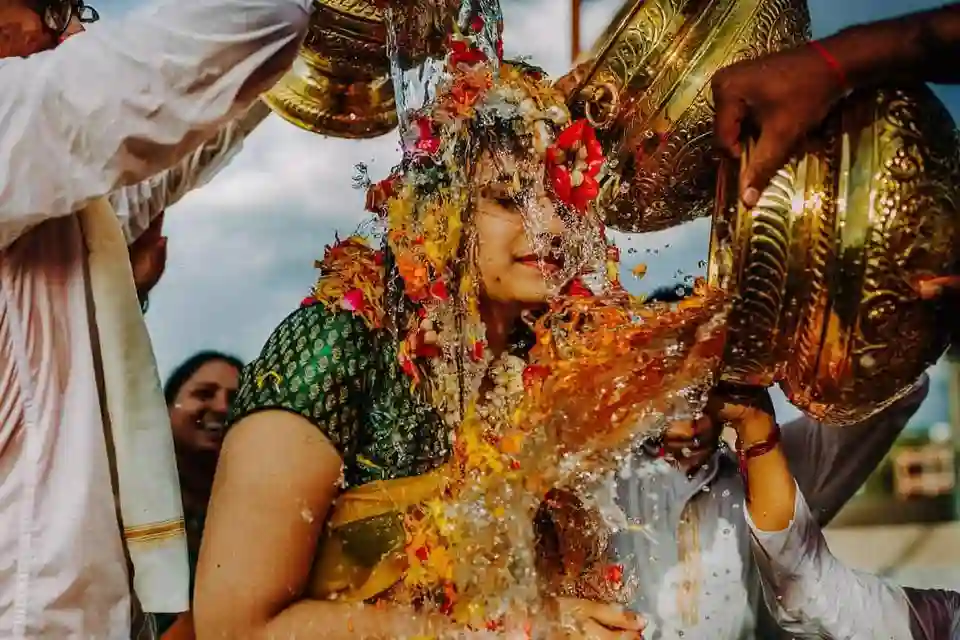
Panda Kaal Muhurtam:
The grand journey of a Tamil wedding starts with prayers and favors from both families looking for divine mediation for a agreeable union. This intimate ceremony, ordinarily held a day before the wedding, sets the tone for the promising occasion, regularly taking put within the peaceful vibe of a sanctuary or the holiness of home.
Also Read: Manipur Wedding Tradition and Rituals: Things to Know
Sumangali Prarthanai:
A tribute to the intelligence and blessings of married ladies who have driven fulfilled lives, Sumangali Prarthanai is a strong ceremony where senior female relatives favor the bride-to-be, invoking the favors of their left ancestors for a merry hitched life. This custom, resounded at the groom’s domestic as well, is a testament to the significance of familial favors in Tamil culture.
Palligai Thellichal:
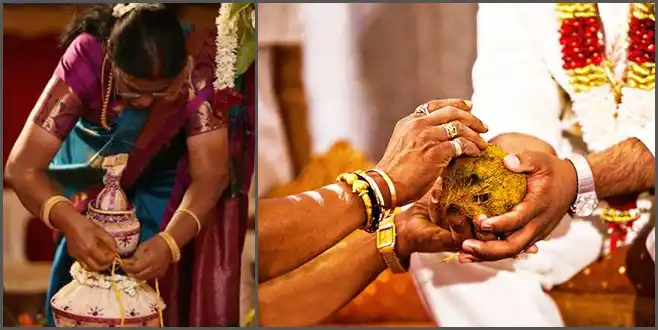
Symbolizing wealth and thriving in hitched life, Palligai Thellichal sees married ladies decorating earthen pots with sandalwood paste and filling them with a blend of curd and grains. These pots are later immersed in water to feed fish, accepted to bring great fortune to the couple. Amidst dynamic rangoli adorning the family, this ritual sets the organize for auspicious beginnings.
Naandi Shrardham:
A solemn occasion where the groom’s family pays homage to their precursors, Naandi Shrardham is a motion of respect and appreciation. Facilitating Brahmins for a traditional vegan feast and displaying them with gifts, the family looks for blessings for the couple’s prosperous travel ahead, honoring the ancestry that precedes them.
Vrutham:
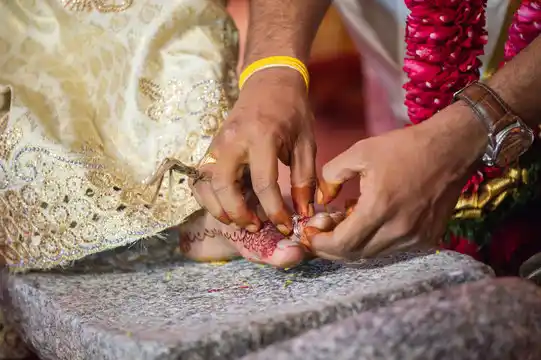
As the sun rises on the day before the wedding, the Vrutham ceremony marks the groom’s transition from bachelorhood to hitched life. Tying a sacred yellow string around his wrist, symbolizing security from evil powers. This custom spreads the starting of a new chapter with solemnity and beauty.
Nichayathartham:
The formal engagement ceremony, Nichayathartham, is a joyous undertaking where the families exchange gifts and favors, sealing the bond between the promised couple. With traditional ceremonies and the trade of auspicious things, this ceremony clears the way for the pending pre-marriage ceremony, celebrating cherish and commitment.
Wedding Day: Tamil Wedding Traditions
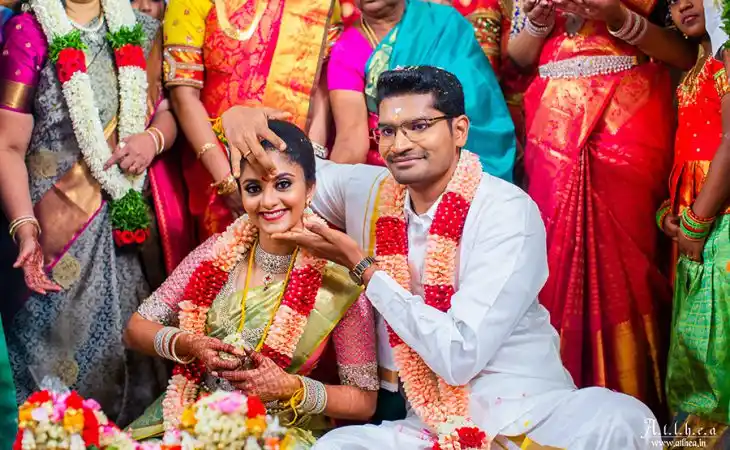
Mangala Snanam:
At the break of day break on the wedding day, Mangala Snanam marks the refinement of the bride and groom. It symbolizes the cleansing of their body and soul. They are blessed with a silky paste of turmeric, sandalwood, and kumkum by married ladies of their families. They are showered in sacred water, preparing them for the sacred marriage ahead.
Gauri Puja:
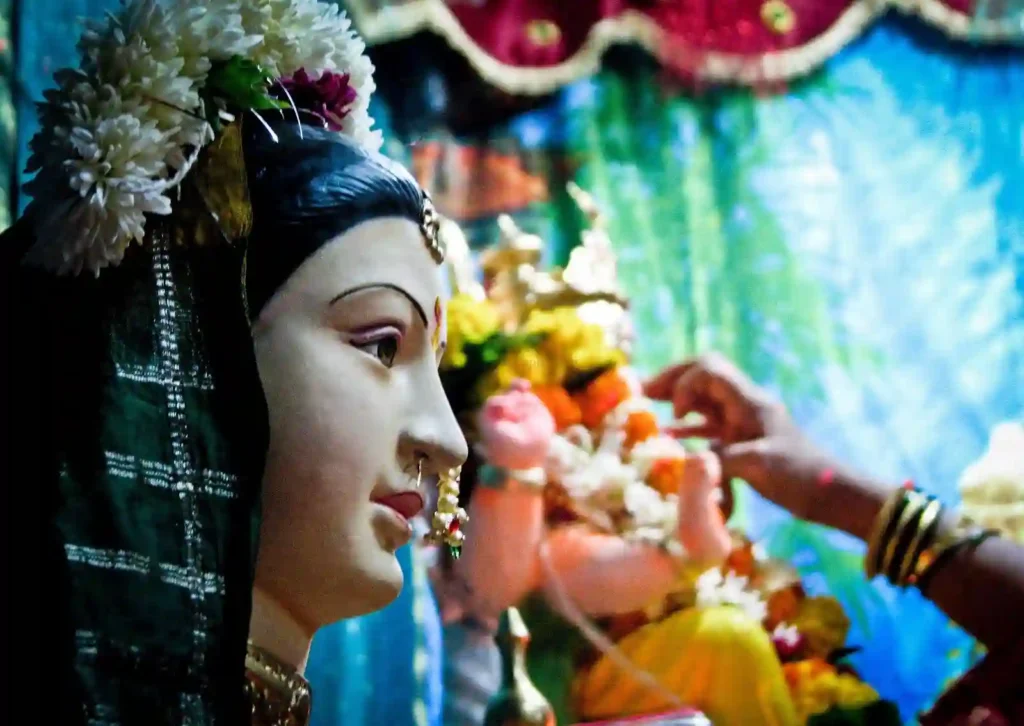
In this Tamil Wedding Traditions and Customs, there is a sincere tribute to purity and ideals. The bride performs Gauri Puja, looking for blessings from Goddess Gauri for a merry hitched life. With prayers and offerings, she invokes the divine elegance, grasping the sacredness of the union she is about to set out upon.
Kashi Yatra:
An age-old custom steeped in big symbolism, the Kashi Yatra is a charming custom. It is where the groom usually pretends to set out on a journey to Kashi (Benaras), revoking common joys. Catching by the bride’s father, who convinces him to select the way of home life. This playful ritual underscores the significance of familial bonds and commitment.
Pada Puja:
As the groom arrives at the mandap, he is welcomed with respect as the father of the bride. He washes his feet with sacred water, sandalwood, milk, and kumkum. This symbolizes regard and honor for his entry into their lives.
Maalai Maatral:
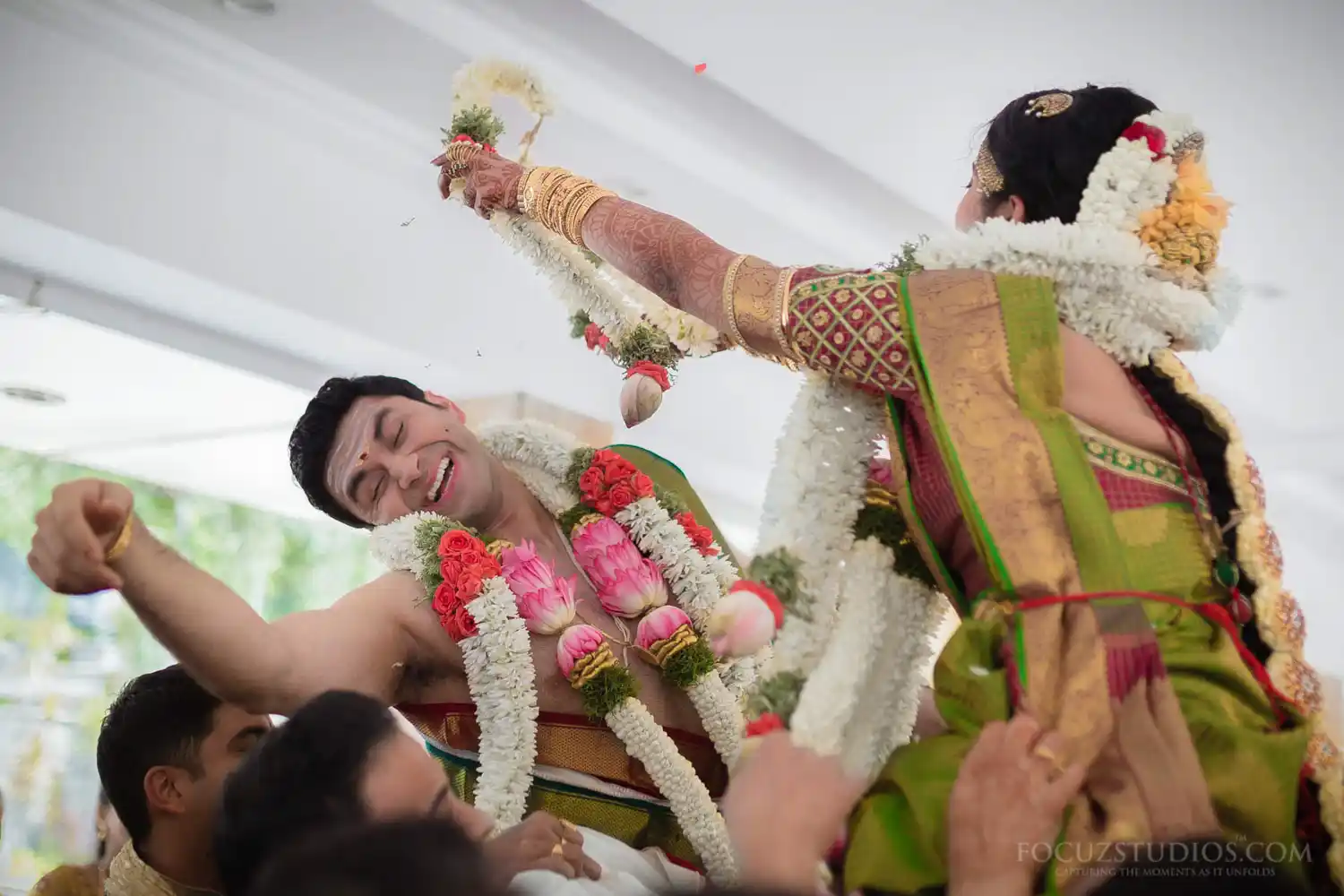
A minute of chuckling and bliss, Maalai Maatral sees the bride and groom exchanging garlands thrice. The ceremony is completed in the midst of perky tricks and jolly chitchat. Symbolizing their acknowledgment of each other, this happy custom is a forerunner to the solemn vows they are about to exchange.
Oonjal:
Surrounded by the warmth and gifts of their family, the couple sets out on the Oonjal ceremony amidst the gentle back and forth of a swing. Symbolizing the highs and lows of marital life, this custom could be a confirmation to the support and love. This will direct them through their journey together.
Kanyadaanam:
In a strong minute of giving and accepting, the Kanyadaanam ceremony marks the formal giving away of the bride by her guardians to the groom. With customs symbolizing purity and commitment, this custom means the beginning of a new chapter in the couple’s lives. This binds by sacred promises and familial blessings.
Also Read: Chhattisgarh Wedding Traditions and Rituals – Things to Know
After Wedding Day: Tamil Wedding Traditions
Muhurtham:
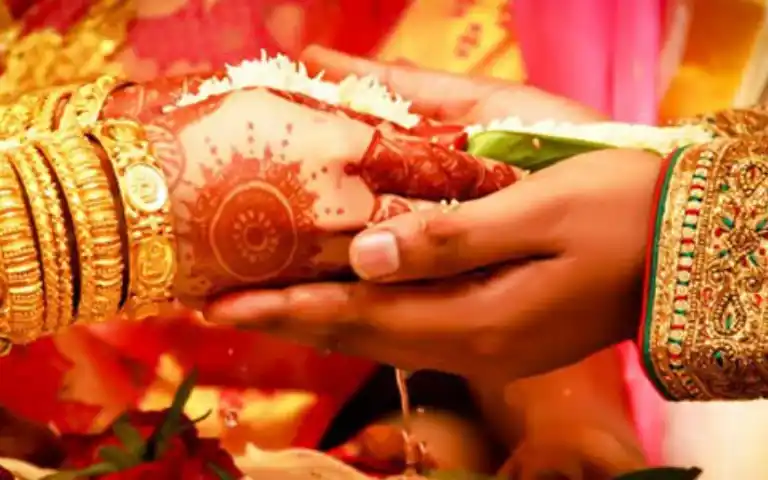
As the favorable minute arrives, the groom’s family invites the bride into her new family with traditional ceremonies and favors. Embellishing her in a nine-yard silk saree gifted by the groom’s guardians, they bless her with sindoor, signifying her marital status.
With the tying of the Thaali around her neck, the couple’s union is blessed. This rituals marks the eternal way for a lifetime of love and companionship.
Saptapadi:
In a piercing exchange of vows, the bride and groom take seven sacred steps around the holy fire. This goes along with Vedic chants. Symbolizing their travel through the seven promises of marriage, this custom marks the solemnization of their union. The unceasing bonds of love and commitment bind this ocassion.
Sammandhi Maryathai:
As the pre-marriage ceremony draw to a near, families come together to exchange blessings. They fix the bonds of connection and eternal friendship. With sincere goodbyes and gifts, the bride bids farewell to her family, embarking on a new travel with her husband. As they step into a future filled with promise and love.
Grihapravesham:
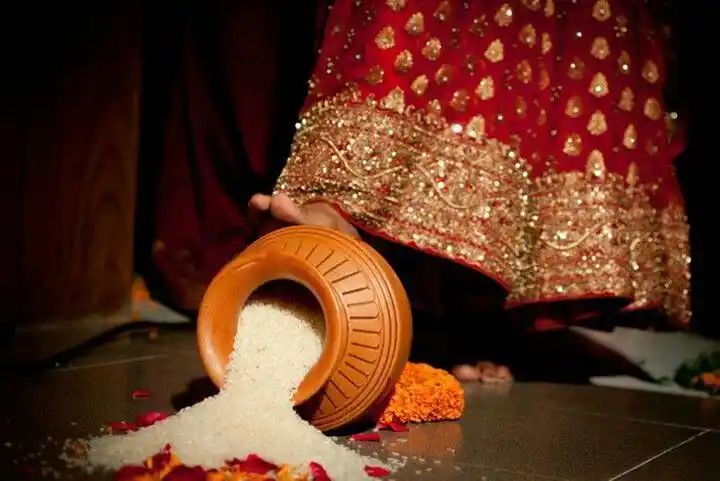
The bride’s new family welcomes her into her new abode with open arms and warm favors. With prayers and ceremonies, she seeks the endowments of the family god. This grasps the warmth and love of her new house.
Valeyadal:
A celebration of modern beginnings, Valeyadal is a happy event where the bride is formally presented to her modern family. In the midst of chuckling, the couple locks in in post-wedding games, cementing their bonds with love and giggles.
Conclusion
In conclusion, Tamil weddings are not just ceremonies; they are a celebration of love, family, and convention. Each ceremony is saturated with symbolism and noteworthiness from pre-wedding customs to post-wedding celebrations. This in return reflects the deep-rooted social legacy.
FAQ
What are some unique pre-wedding rituals in Tamil weddings?
In Tamil weddings, several pre-wedding rituals hold deep cultural significance. Some unique ones include Sumangali Prarthanai, where married women bless the bride-to-be, and Palligai Thellichal, where earthen pots are decorated and filled with auspicious items. These rituals symbolize blessings for a prosperous married life.
What is the significance of the Kashi Yatra ritual in Tamil weddings?
The Kashi Yatra ritual is a playful yet symbolic custom where the groom pretends to embark on a pilgrimage to Kashi (Benaras), renouncing worldly pleasures. This ritual underscores the importance of familial bonds and commitment, as the bride’s father persuades him to choose the path of domesticity instead.
What does the Thaali tying ceremony represent in Tamil weddings?
The Thaali tying ceremony, akin to the mangalsutra ceremony in other cultures, symbolizes the sanctification of the marriage bond. As the groom ties the Thaali around the bride’s neck, it signifies their union and commitment to each other, witnessed by family and the divine
What is the significance of the Saptapadi ritual in Tamil weddings?
The Saptapadi ritual is one of the most important ceremonies in a Tamil wedding. It involves the bride and groom taking seven sacred steps around the holy fire, accompanied by Vedic chants. Each step represents a vow they make to each other, symbolizing their journey through married life together.
How do Tamil weddings conclude, and what is the significance of Grihapravesham?
Tamil weddings conclude with rituals like Sammandhi Maryathai, where families exchange gifts, and Grihapravesham, where the bride is welcomed into her new home. Grihapravesham holds significance as the bride seeks blessings from the family deity, symbolizing her acceptance into her new family and beginning a new chapter in her life.

